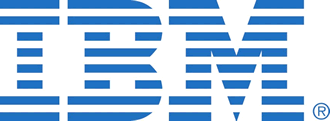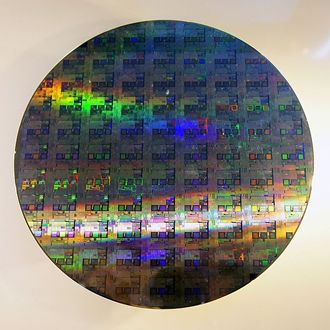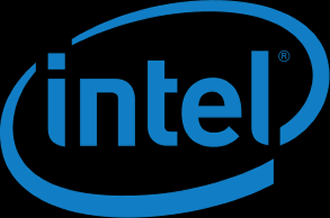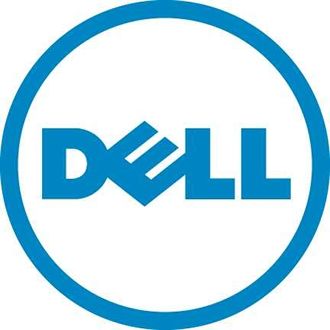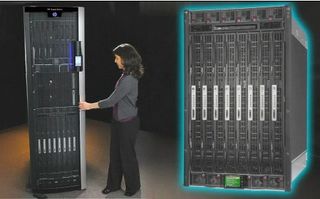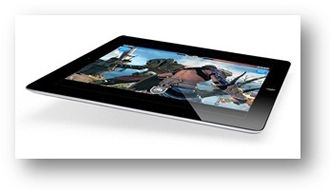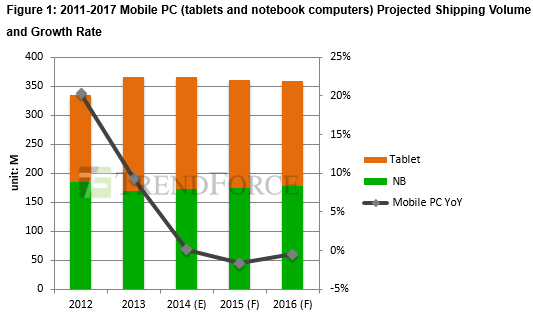 Intel and Chinese e-commerce giant jd.com have signed a deal with each other to create a new type of laboratory.
Intel and Chinese e-commerce giant jd.com have signed a deal with each other to create a new type of laboratory.
According to the Xinhua news agency, both companies will work on creating 3D product displays and “visual fitting rooms”, smart hardware, and servers for enterprises for promoting online shopping.
Xinhua said jd.com is one of the world’s top 10 internet companies and Intel will help it improve its existing e-commerce services as well as working on new applications related to ID authentication, security, and database monitoring.
Jd.com has something like 25 million registered users.
No financial details of the deal between the two corporations was released.
Intel has been trying to reposition itself in the last 18 months as more of a general purpose corporation, rather than just a manufacturer of X86 chips. It also wants a chunk of the lucrative pie known as the internet of things, and is still desperate to make its mark in the mobile and tablet markets.
This deal, then, is something of an oddity.
